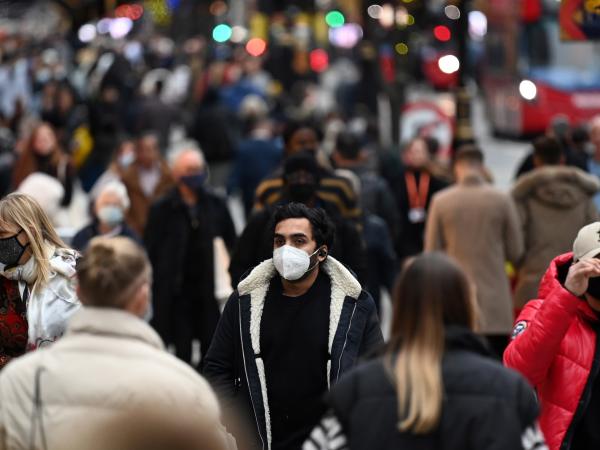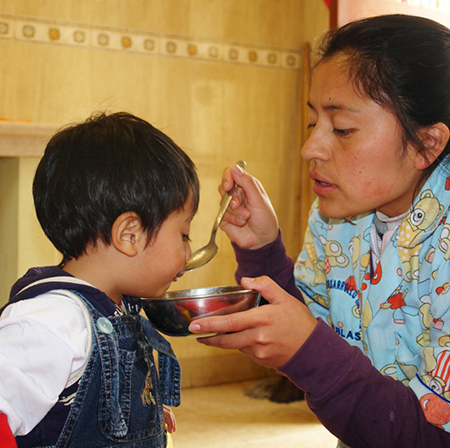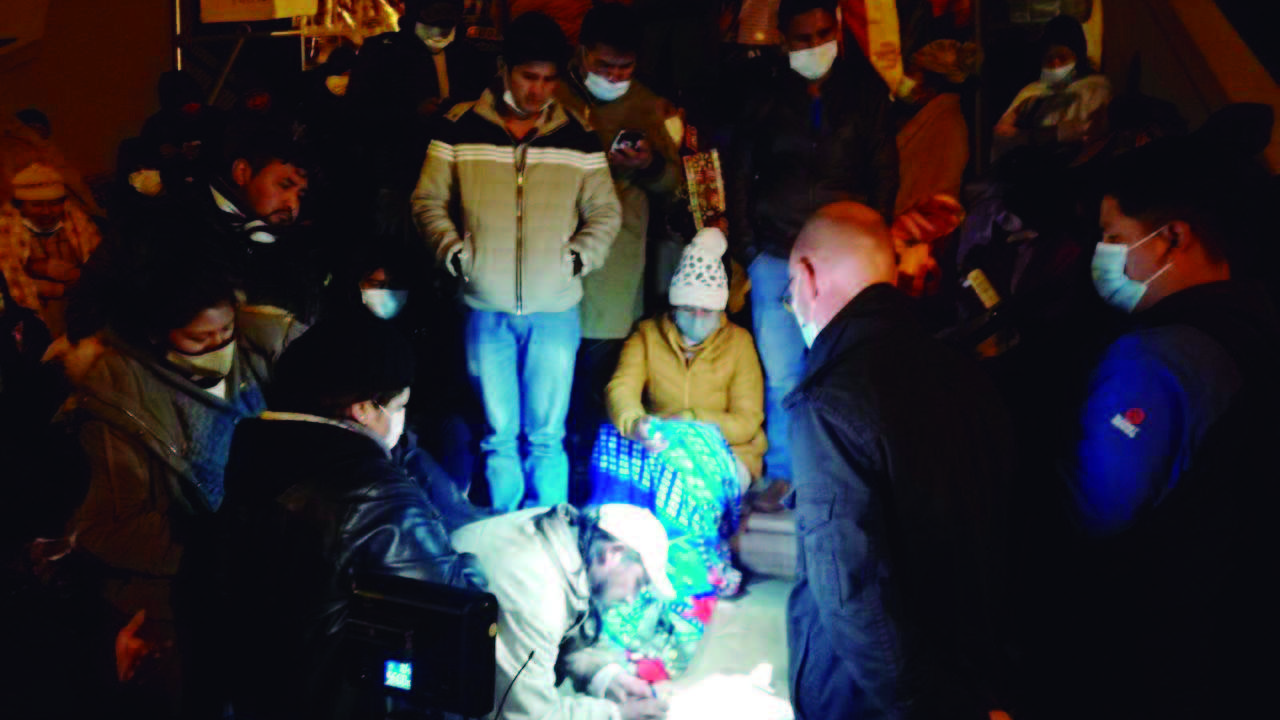The economic dynamics of the first weeks of the year presented a mixed behavior. According to the OECD weekly tracker, which estimates the difference between GDP growth week by week and the trend it had prior to the crisis, economic activity in Colombia was 0.67% above the pre-pandemic level in the week of January 16.
In contrast, in the first week of the year, between January 2 and 8, growth was not so favorable, with a balance of -2.6%; but between December 27, 2021 and January 1, it achieved another positive peak (1.55%).
(Read: The economic uncertainty brought by the elections in the country).
Since the start of the pandemic, the OECD tracker for the country has only been above the pre-Covid level three times: in these two weeks, and in the week of October 24, 2021 (0.19%). The tool collects information in real time, through an algorithmic analysis of Google Trends, which compiles information on consumption, the labor market, industrial activity, trade, economic perceptions and poverty, among others.
Just as these Google search data and trends reflect the pace of the economy, the perceptions of various sectors and experts they have also served as a thermometer for the first month of the year.
“At the beginning of the year we are seeing continuity in the recovery cycle of the Colombian economy, although at rates somewhat lower than those at the end of last year. The omicron issue has not had a very significant impact in Colombia, due to the fact that no measures have been taken to contain or restrict people’s mobility. But in terms of inflation we maintain the same trend as last year, probably a result close to 1% in the month of January”, indicated Camilo Pérez, head of economic research at Banco de Bogotá.
On the consumption side, January did have more marked effects. Camilo Herrera, founder of Raddar, stressed that “what is being seen is that the slope in January this year was much stronger than the one that has historically occurred. We still do not have the magnitudes and values of expenditure, but there are households that report that they are buying less”.
(What’s more: Factors that could put the sustainability of the economy at risk).
According to Herrera, in January ‘the perfect storm gathers’Well, in December, with Christmas, people usually spend their salary and start January with little cash flow.
At the beginning of the year, it is notable that consumer confidence has remained positive and the investment announcements of
the companies
“Last year’s Christmas was very big, households spent a lot, so the January slope was very hard, but there is also the school season, which was not in the previous year due to confinements and the absence of educational attendance, and that is added a high price increase in several categories. Households are feeling a very difficult January, although the spending data will surely be positive“, He said.
THE SECTORS
According to the president of the Banking Association and Financial Entities of Colombia, Asobancaria, Hernando José Gómez, “at the beginning of the year it is remarkable that consumer confidence has remained on positive ground and investment announcements by companies, national and foreign, have been enough. These two elements allow us to foresee that the recovery of the economy will continue in 2022 and with the generation of jobs”.
(Read: Colombia, one of the hotspots in the world for acute hunger).
On the tourism side, Paula Cortés, executive president of the travel agency union, Anato, indicated that, although the closing figures for January are not yet available, “taking into account the dynamics that the sector has been showing , We consider that better results will be obtained than those reported in the same month of 2021”.
Likewise, José Andrés Duarte, president of Cotelco, affirmed that in January, the occupation started with 54%, “very similar to what we had in 2019, and this ends up generating encouragement and positivism for us.”
From foreign trade, and despite the difficulties of the international logistics scenario, “it is get a good startgiven the prices of basic products and the demand for food and beverages,” said Javier Díaz Molina, CEO of Analdex.
Andi’s president, Bruce Mac Master, also highlighted the beginning of the year. “We think we finished a pretty good 2021 in terms of economic growth. that dynamic will generate an inertia that in the first months of 2022. We will be building on 2021 builds and the numbers are likely to be significantly lower, which will still be good, around 4%,” he said.
On the other hand, from the Colombian Chamber of Construction (Camacol), they welcomed the continuity of subsidies for the purchase of housing for 2022 and maintain that this is a great mechanism that will allow sales to be boosted for Colombians.
Additionally, some sectors are already posting positive figures in January, such as the automotive sector. “The industry this year will have a positive behavior that will exceed the figures for 2019,” said María Juliana Rico, director of the Andi automotive chamber. Until Thursday of last week, 10,667 light vehicles had been placed, while in all of January 2021, 14,327 units, light and heavy, were invoiced.
(Keep reading: The crossroads that has the Colombian pension system in crisis).
On behalf of the health sector, the Colombian Association of Comprehensive Medicine Companies, Acemi, reported that as of January 14 81% coverage had been achieved in people over 60 years in terms of the vaccination plan with more than 6 million doses applied.
BRIEFCASE








